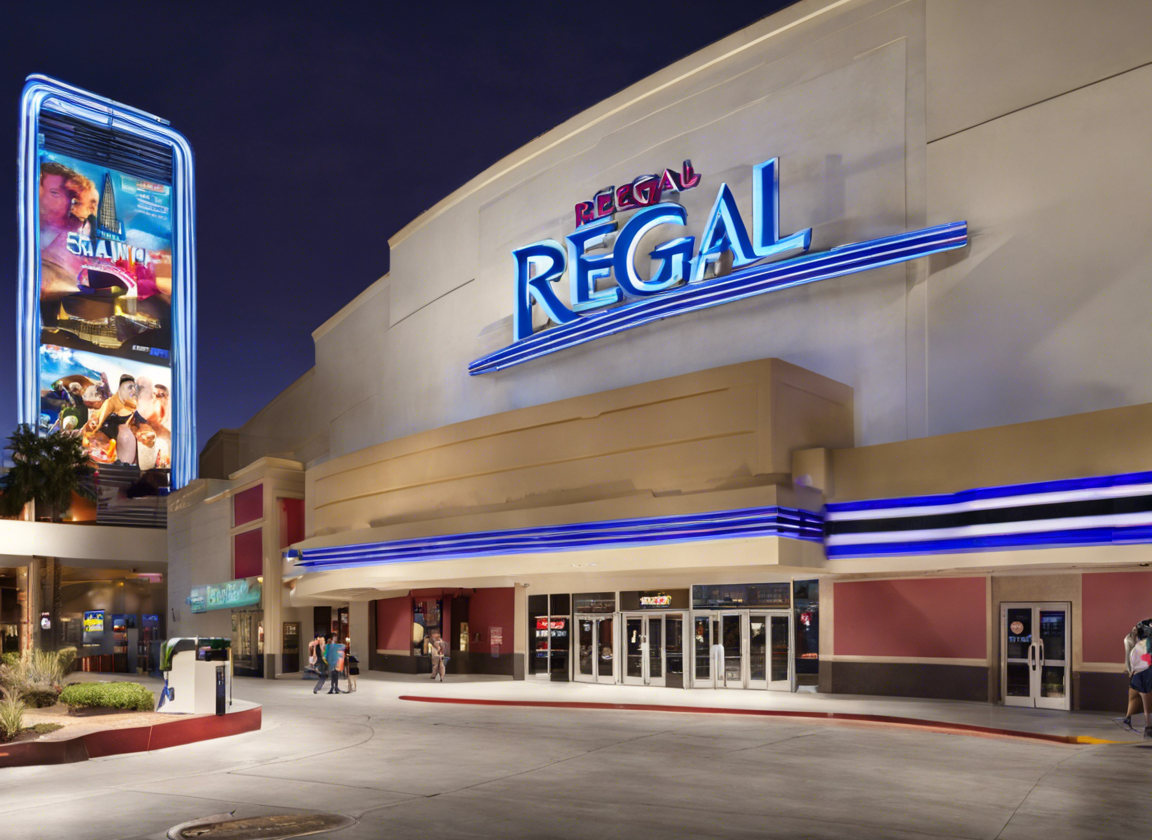Comprehensive Guide on the Benefits and Applications of Virtual Reality in Education
Virtual Reality (VR) is revolutionizing the way we approach education, offering immersive and interactive experiences that enhance learning in numerous ways. From creating engaging simulations to providing hands-on training, VR has the potential to transform traditional educational methods. In this comprehensive guide, we will explore the benefits and applications of Virtual Reality in education, along with some FAQs for a better understanding.
Benefits of Virtual Reality in Education
-
Enhanced Learning Experience: VR provides a multi-sensory experience that engages students fully, leading to better retention of information compared to traditional learning methods.
-
Interactive Simulations: Students can explore virtual environments and concepts that are difficult to simulate in a classroom setting, such as traveling back in time or exploring deep-sea ecosystems.
-
Safe Learning Environment: VR offers a safe space for students to practice real-life scenarios without any real-world consequences, making it ideal for training in fields like healthcare or emergency response.
-
Customized Learning Paths: Educators can personalize learning experiences based on individual student needs, allowing for adaptive learning and self-paced progress.
-
Increased Engagement: VR excites and motivates students by making learning fun and interactive, thus reducing distractions and improving focus.
Applications of Virtual Reality in Education
-
Virtual Field Trips: Take students on virtual tours to historical landmarks, museums, and even outer space, providing a unique and enriching learning experience.
-
Hands-On Training: VR simulations can be used for training in various fields such as medicine, engineering, and aviation, allowing students to practice skills in a risk-free environment.
-
Complex Concepts Visualization: Abstract concepts in science or mathematics can be visualized in 3D, making it easier for students to grasp difficult topics.
-
Language Learning: Immersive language experiences in VR can help students practice conversational skills and improve language proficiency.
-
Collaborative Learning: Virtual classrooms enable students from different locations to interact and collaborate on projects in real-time, fostering teamwork and communication skills.
Frequently Asked Questions (FAQs)
1. Can Virtual Reality be Integrated into Traditional Classrooms?
Yes, VR can be integrated into traditional classrooms through VR headsets and interactive tools that allow teachers to enhance their lessons with immersive experiences.
2. Is Virtual Reality Safe for Children to Use?
While moderation is key, VR is generally considered safe for children as long as they take regular breaks, use age-appropriate content, and follow guidelines for VR usage.
3. How Expensive is it to Implement Virtual Reality in Education?
The cost of implementing VR in education can vary depending on the hardware and software requirements. There are affordable options available for schools and institutions looking to adopt VR technology.
4. What Subjects Benefit the Most from Virtual Reality Integration?
Subjects like science, history, geography, and vocational training benefit greatly from VR integration due to the hands-on and immersive nature of the technology.
5. Can Virtual Reality Help Students with Learning Disabilities?
Yes, VR can be a valuable tool for students with learning disabilities as it provides a different and interactive way of learning, catering to diverse learning styles.
In conclusion, Virtual Reality offers a plethora of benefits and applications in education, transforming the way we learn and teach. By leveraging the immersive and interactive capabilities of VR technology, educators can create engaging learning experiences that inspire students and enhance overall academic performance.





